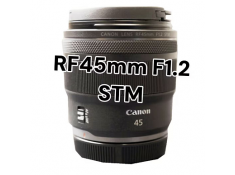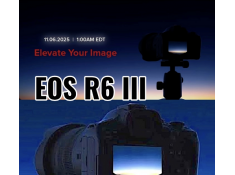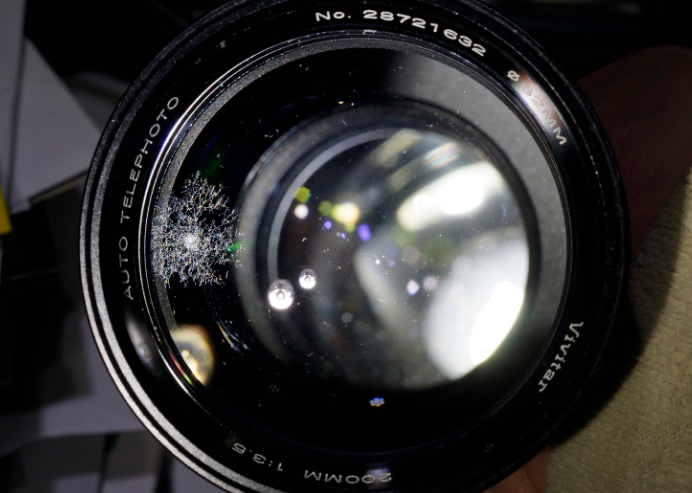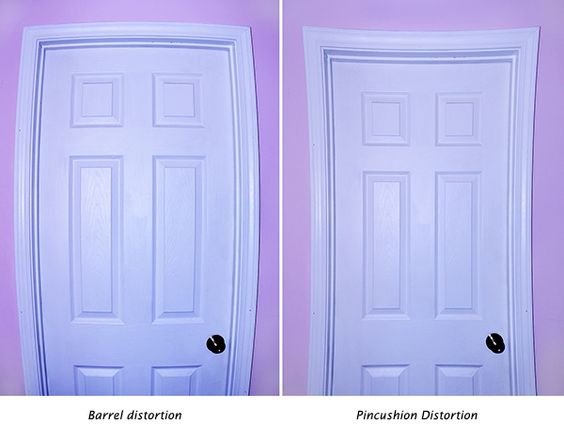Ultimate Guide:Common Optical Defects in Camera Lens Systems
Wednesday 23 October 2024
 4.4k
4.4k
 Reproduction without the author's authorization is prohibited
Reproduction without the author's authorization is prohibited
The performance of a lens has a profound effect on the outcome of photography, and the quality of the lens directly influences the final image. Over the years, advancements in optics have significantly reduced many common defects in lens systems, but they have not been completely eliminated.
On-axis Lens Errors
On-axis errors are defects that affect light rays passing through the center of the lens, often resulting from the lens' inability to focus different wavelengths or the geometry of the lens itself.
Chromatic Aberration
Chromatic aberration occurs when a lens is unable to focus all wavelengths of light onto the same focal plane. This happens because lenses have different refractive indices for different colors of light. As a result, images may display color fringes, particularly around high-contrast edges, due to the failure of the lens to converge all colors at the same point. Modern lenses use specialized coatings and extra-low dispersion glass to mitigate chromatic aberration, but it remains an issue, especially in cheaper or older lenses.
Spherical Aberration
Spherical aberration arises when light rays passing through the edges of a spherical lens do not converge at the same point as those passing through the center. This is due to the shape of the lens, which causes different parts of the lens to focus light unevenly. Spherical aberration can result in a blurry image, particularly towards the edges, and is more pronounced in lenses with wide apertures. Using aspherical elements in lens design helps counteract this problem, improving sharpness across the frame.
Off-axis Errors
Off-axis errors are more complex because they affect light rays passing through the edges of the lens and can cause a variety of distortions that are more noticeable towards the corners of the image.
Coma
Coma is an aberration that causes point sources of light, such as stars or streetlights, to appear distorted into comet-like shapes, especially toward the edges of the image. This effect is most prominent when shooting wide open with lenses that are not well-corrected for this aberration. High-end lenses often include elements designed to reduce coma, making them a better choice for night sky photography or other applications involving pinpoint light sources.
Astigmatism
Astigmatism in a lens system occurs when light rays from different planes do not focus at the same point, causing image points to appear stretched into lines. This defect results in images that are sharp in one direction but blurry in another, often visible in off-center areas of the frame. Astigmatism can affect the quality of both landscape and portrait images, although modern lens designs attempt to minimize this issue.
Field Curvature
Field curvature occurs when the lens projects the image in a curved manner, rather than onto a flat plane, causing the center of the image to be in focus while the edges are blurry, or vice versa. This effect can be problematic in both wide-angle and telephoto lenses, where keeping all areas of the frame in sharp focus is essential. Corrective elements or multi-lens systems can help reduce field curvature, providing a flatter field of focus.
Barrel Distortion
Barrel distortion causes straight lines to bow outward, especially toward the edges of the image. This defect is most commonly observed in wide-angle lenses, where the distortion is most exaggerated. Barrel distortion is particularly noticeable when photographing subjects with straight lines, such as buildings or horizons. While some level of barrel distortion is common in wide-angle lenses, software corrections can be used to compensate for this effect in post-processing.
Pincushion Distortion
Pincushion distortion is the opposite of barrel distortion, where straight lines bend inward toward the center of the image. This type of distortion is more common in telephoto lenses and can give the impression that the image is being "pinched" at the center. Like barrel distortion, pincushion distortion can be corrected using lens profiles in post-processing software.
Optical Defects Examples
Certain types of lenses are more susceptible to specific optical defects due to their design and intended use. Here are examples illustrating which lenses may be prone to the mentioned defects:
Chromatic Aberration
Example: Standard Zoom Lenses
Standard zoom lenses, especially those with a wide zoom range, often exhibit chromatic aberration. This is due to the varying refractive indices of the different glass elements used across the zoom range. Higher-end models may incorporate low-dispersion glass to mitigate this issue, but budget options may struggle with color fringing, particularly at the edges.
Spherical Aberration
Example: Portrait Lenses
Certain portrait lenses with large apertures (e.g., f/1.2 or f/1.4) can suffer from spherical aberration, especially if they are designed with simple spherical surfaces. While these lenses produce beautiful bokeh, they may lack sharpness at wider apertures. Manufacturers often address this by using aspherical elements to improve focus across the frame.
Coma
Example: Wide-Angle Lenses
Wide-angle lenses, particularly those with fast apertures, are prone to coma, which can distort point light sources, such as stars in astrophotography. For instance, a fast wide-angle lens might show significant coma in the corners of images taken at wide apertures. Advanced designs and aspherical elements help reduce this effect in higher-end models.
Astigmatism
Example: Vintage Lenses
Many older or vintage lenses can exhibit astigmatism, where vertical and horizontal lines are focused at different points. This defect was more common in designs that did not account for complex light paths. Modern lens designs, especially those aimed at high-resolution sensors, aim to correct this issue with more sophisticated glass arrangements.
Barrel and Pincushion Distortion
Example: Fisheye Lenses
Fisheye lenses are known for extreme barrel distortion, which causes straight lines to bow outward. While this is a characteristic of fisheye lenses that photographers often embrace for creative purposes, it exemplifies how specific designs can amplify geometric distortion. Conversely, telephoto zoom lenses can exhibit pincushion distortion, particularly at longer focal lengths, where straight lines appear compressed inward.
Summary
Camera lenses have been developed for hundreds of years. With the advancement of human optics, many optical defects have been improved. Buying advanced lenses can give you the best picture quality. However, you can also help improve optical defects such as flare, ghosting, etc. by purchasing a matte box. Check out this blog: K&F CONCEPT Matte Box: Elevate Your Filmmaking Experience to learn about K&F CONCEPT Matte Box.
Statement: all contents and remarks made by K&F CONCEPT 's intranet friends only represent themselves and do not reflect any K&F CONCEPT 's opinions and views.
-
 Sony to Launch Multiple New Products at Two Recent EventsTuesday 04 November 2025
Sony to Launch Multiple New Products at Two Recent EventsTuesday 04 November 2025 -
 Canon RF 45mm F1.2 STM is about to be releasedMonday 03 November 2025
Canon RF 45mm F1.2 STM is about to be releasedMonday 03 November 2025 -
 Shaping Light at 102 Megapixels: How the VND 2–32 and CPL Filters Perform on the Fujifilm GFX100 II + GF45-100 mm F4Monday 03 November 2025
Shaping Light at 102 Megapixels: How the VND 2–32 and CPL Filters Perform on the Fujifilm GFX100 II + GF45-100 mm F4Monday 03 November 2025 -
 Panasonic Lumix S1H II Camera Appearance SpeculationFriday 31 October 2025
Panasonic Lumix S1H II Camera Appearance SpeculationFriday 31 October 2025 -
 Canon will officially release the EOS R6 III on November 6thThursday 30 October 2025
Canon will officially release the EOS R6 III on November 6thThursday 30 October 2025











